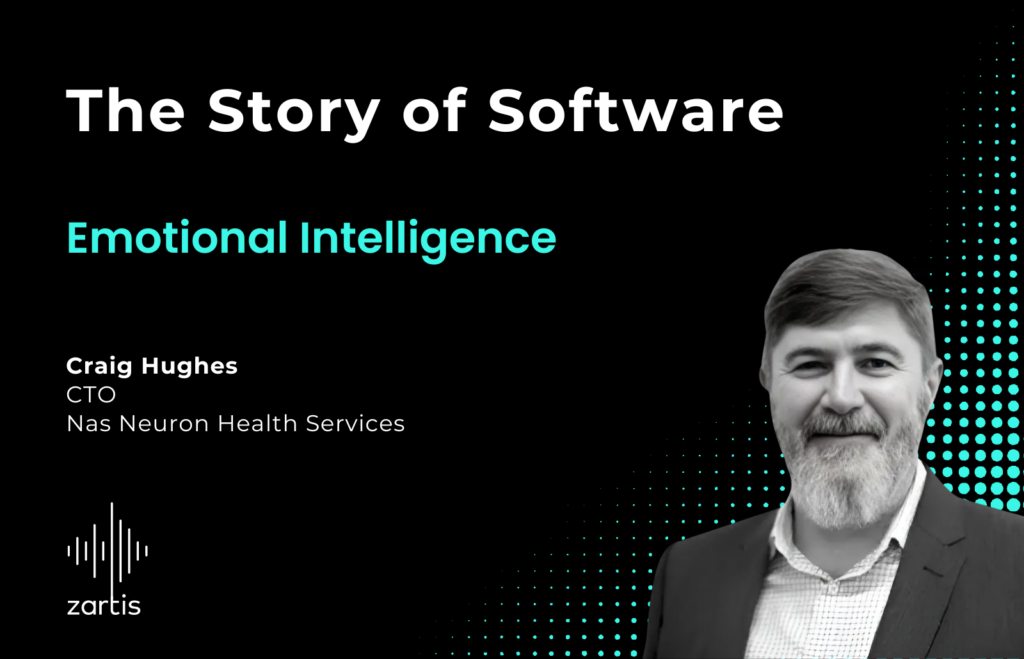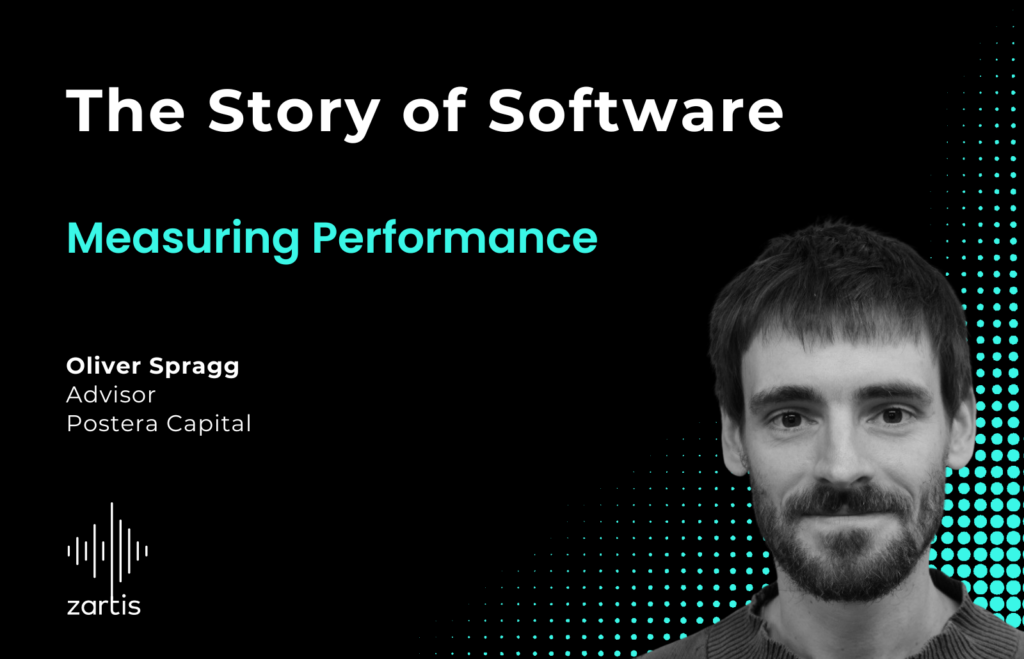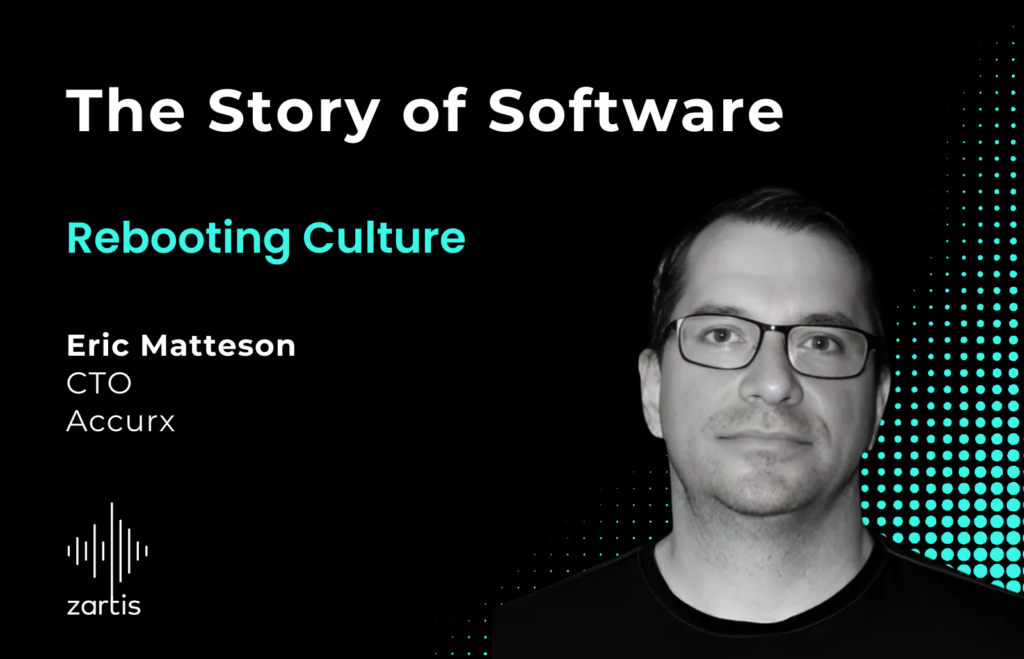Benktesh Sharma, Ph.D., Senior Director of Technology Solutions at Verra, joins us to talk about the effective use of technology in the fight against the biggest issue of our time, climate change.
The Guest – Benktesh Sharma
Benktesh Sharma is a Technology Leader holding a Ph.D. in Forest Sciences and Biology from West Virginia University, along with a M.S. in Computer Science from the Georgia Institute of Technology. As Senior Director of Technology at Verra, Benktesh leads the technological strategy of the world’s leading certifying body for environmental projects, currently contributing to over 85% of the total voluntary market for carbon credits.
Verified Carbon Standards for Climate Actions
There is no doubt that global warming and climate change are the biggest challenges facing our generation, and putting the lives of future generations at risk. A successful climate strategy at individual and global level is a mix of avoiding, reducing and offsetting emissions. The verified carbon standards (VCS) are among the most widely adopted standards for voluntary carbon offsetting, as they ensure a level of quality for climate projects, and enable transparency and trust.
Some of the topics covered include:
- The role of technology in the fight against climate change in today’s market.
- Carbon cycles and verified carbon credits.
- How technology can help build trust in the carbon markets.
- Different applications of technology for tackling climate action.
- Technological challenges that remain to be solved in the sector.
Highlight:
Transcript (abridged version):
[…]
I’d love to talk about carbon cycles. Could you explain for our listeners and readers, what a carbon cycle is?
A carbon cycle is a process by which carbon on the Earth’s surface moves to the atmosphere and somehow the atmospheric carbon comes down to earth. That’s what the cycle is all about. To illustrate more, our petroleum or gas is down on the earth in reserves, and when we use gasoline or petroleum products for energy generation – whether it’s in electricity, or simply cars or any other power – these gasses burn and they emit carbon dioxide that will go into the atmosphere. […]
So, how does this carbon cycle affect global climate change? I can give you an example, with one of the activities we do at Verra. So we can tackle sequestering carbon into Earth from the atmosphere in two ways. One, we can avoid the emission from the land or we can increase the reduction of carbon from the atmosphere. So avoiding means, let’s say, we have large areas of forest, and if we are not conscious, and there is no human intervention, these forests may be cleared. As soon as a forest is cleared, the biomass will be burned and the carbon will be emitted into the atmosphere. If we incentivize the owner of this forest so that they keep the forest, the forest will continue accumulating carbon from the atmosphere. So this is how we are avoiding the emission of carbon into the atmosphere.
Now, another approach is the reduction of carbon from the atmosphere. For example, you may have some barren land, which only has grass. Grass will sequester carbon, but it dies within a year or two, and the carbon will re-enter the atmosphere as a result. However, if you can run reforestation activities by planting trees, under normal circumstances, there is no sequestration because trees will now start accumulating carbon. So, we are reducing carbon from the atmosphere in this way. And, these are nature-based interventions.
There are other things such as industrial-based approaches which we call carbon capture and sequestration, which is a huge endeavor. What it does is, sucks up carbon from the atmosphere and pushes that carbon into the Earth’s surface mostly in the areas that were previously mined. So this is how we tackle climate change by using ideas for reducing and avoiding it.
Do you see a difference between nature-based solutions or human intervention in terms of carbon capture and storage? Do you think one is better than the other?
Yeah, CCS (carbon capture and storage) has been researched for a couple of decades now. There are one or two final projects that are implemented. It is still at the research and implementation phase. CCS is very expensive, but at the same time, they suck up a lot of carbon within a smaller period, but they are very expensive. So, nature-based solutions are cheaper, easier to implement, there is no industrial risk of any nature. Although CCS has some risks, it can have huge potential in energy reductions.
Could you explain for us a little bit how the carbon credit markets work today, and how they might change in the future?
So the way it works is, you start with a project and there are entities that will invest in the projects, for example building wind or solar farms in developing countries. So, entities invest in these projects, and some registries would list all the projects. When the projects are registered, they go through due processes for validation and verification of the claim that they have reduced a certain amount of emissions. So if projects are registered under Verra’s standard, we do have a list of methodologies that are applicable. They usually do this by using accepted protocols and standards. Then every monitoring period, they claim emission reduction rates, and that claim is registered in our registry. These may vary by the number of credits, So, selling means just transferring ownership from one person to another. That’s how the carbon market works today.
[…]
—
You can find The Story of Software podcast on:
Apple Podcasts, Spotify, Stitcher, Deezer, & any other podcast platform of your choice.
We hope you enjoy listening to this tech podcast and feel free to share any feedback with us: podcast@zartis.com
The Story of Software Podcast is produced by Zartis.







